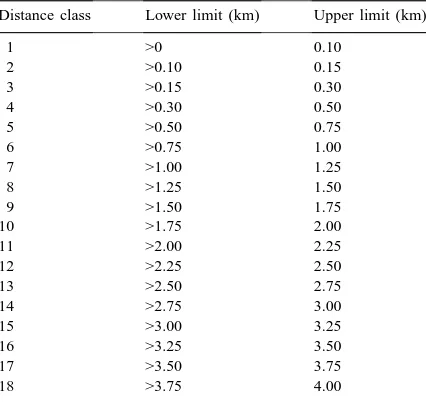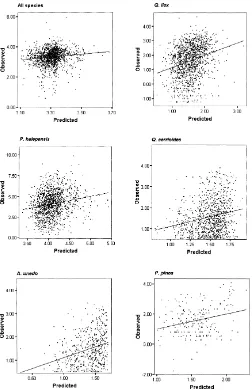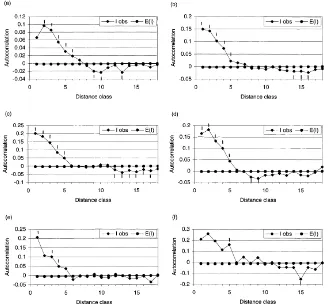Directory UMM :Data Elmu:jurnal:A:Agriculture, Ecosystems and Environment:Vol81.Issue1.Oct2000:
Teks penuh
Gambar




Dokumen terkait
urease was incubated with excess SH group reagents ( p -CMB, NEM and IAM) and aliquots withdrawn at different time intervals were assayed for residual activity as well as for
Three criteria are established: first, the use of wetlands for nitrogen abatement must not in- crease the variability of total nitrogen emissions; second, the abatement capacity
This group of four papers is followed by a paper (Steiner et al.) on cost-effective field monitoring, and the final paper (Eswaran et al.), which describes a proposed geo-spatial
Although extensive research was done previously on the botan- ical composition of these grasslands, little was known about chemical composition of various plant materials
Herb and essential oil yield of mint were significantly higher with combined application of organic and inorganic sources of nutrients as compared to single applications..
The analysis showed that male farmers are more likely to adopt than women. Adoption is higher for farmers with contacts with extension agencies working on agroforestry
Three main explanations for this were (1) large areas of bare fallow typical for the farming practice at the time; (2) enhanced mineralisation from newly cultivated land; and (3)
large scale model application, atmospheric transmissivity is calculated with ‘calculate first, interpolate later’ (CI) procedures and ‘interpolate the inputs, calculate later’

